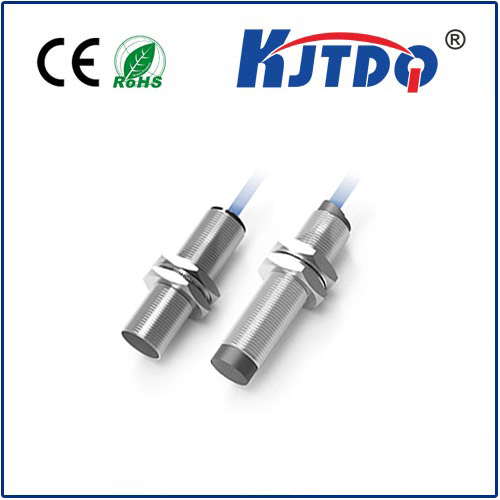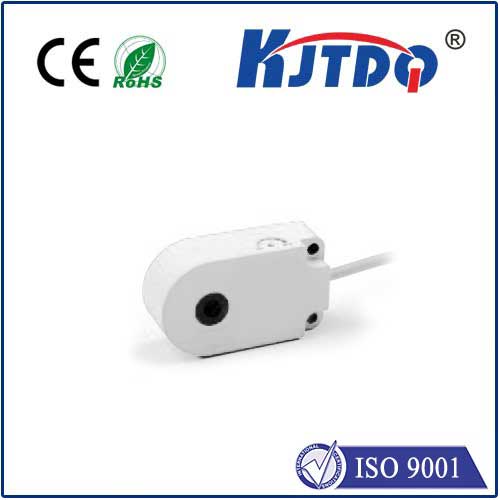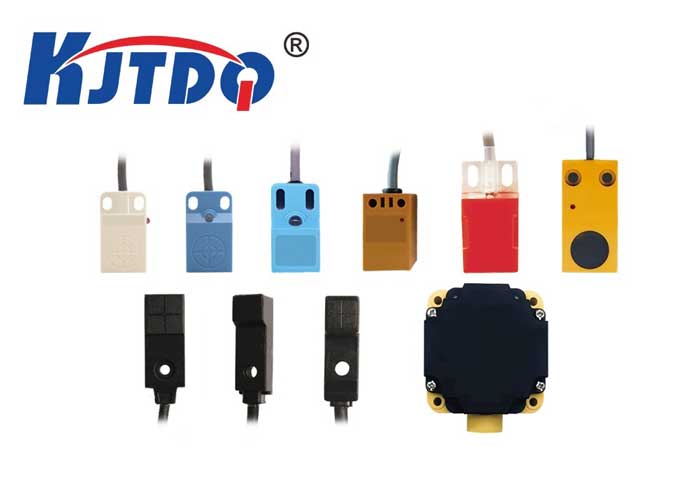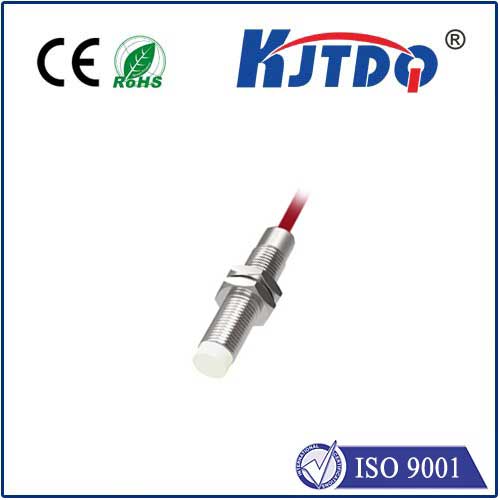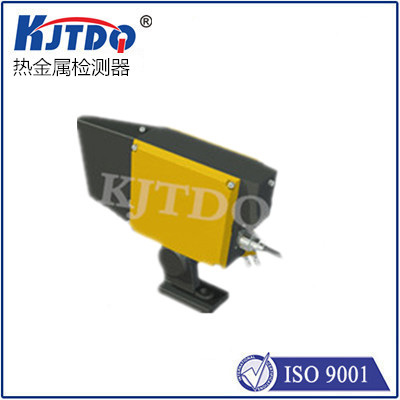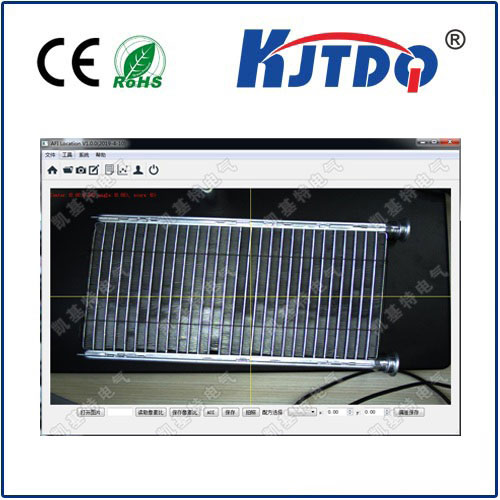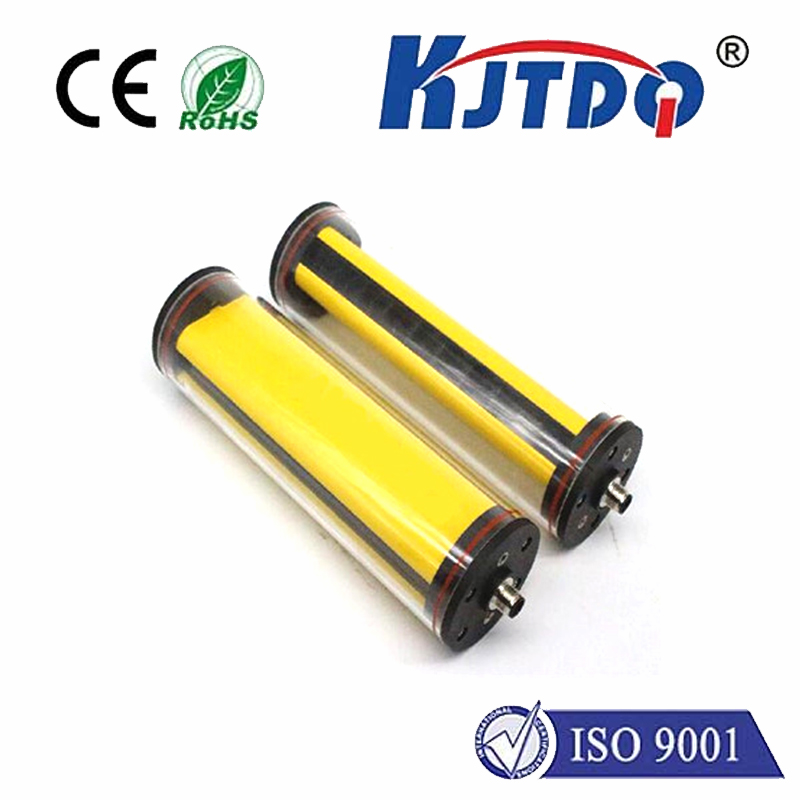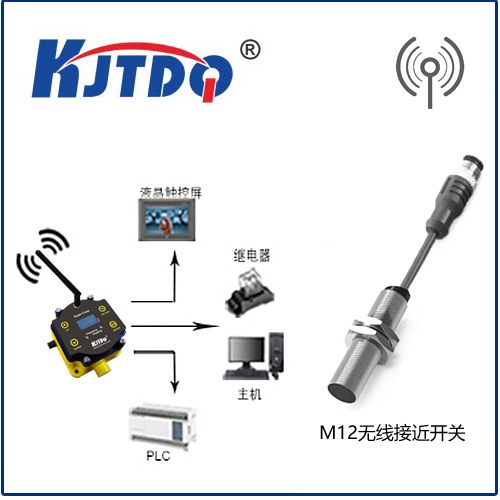
check

check

check

check

Title: Enhancing Workplace Safety with Top-Rated Proximity Sensors In today’s industrial landscape, ensuring the safety of workers is paramount. As industries strive for greater efficiency and productivity, the role of technology, particularly safety rated proximity sensors, has become increasingly significant. These advanced devices are designed to detect the presence or absence of objects without physical contact, making them invaluable for preventing accidents and enhancing workplace safety across various sectors. Understanding Safety Rated Proximity Sensors Safety rated proximity sensors are electronic devices that use electromagnetic fields, infrared light, or ultrasonic waves to sense objects within a certain distance. Unlike standard sensors, these specialized devices adhere to strict safety standards and regulations, ensuring reliable performance in critical applications. They are often used in hazardous environments where the risk of injury or damage is high, such as machinery operations, robotics, and automated manufacturing processes. Applications Across Various Industries The versatility of safety rated proximity sensors makes them suitable for a wide range of applications. In manufacturing, they can detect the presence of personnel in restricted areas, triggering immediate shutdowns to prevent accidents. In automotive industries, they ensure the proper positioning of parts during assembly, reducing the likelihood of malfunctions due to improper alignment. Even in logistics and warehouses, these sensors optimize the movement of goods by monitoring inventory levels and preventing collisions between automated guided vehicles (AGVs) and stationary obstacles. Choosing the Right Sensor for Your Needs Selecting the appropriate safety rated proximity sensor involves considering several factors, including the type of sensing technology required, the environment in which it will be installed, and the specific safety ratings needed. For instance, some environments may require explosion-proof sensors, while others may need sensors capable of operating under extreme temperatures or with high levels of dust and moisture. Consulting with experts and reviewing certifications can help ensure you choose a sensor that not only meets but exceeds your safety requirements. Ensuring Compliance with Safety Standards To guarantee worker safety and compliance with international regulations, it’s crucial to invest in safety rated proximity sensors that have been thoroughly tested and certified. Look for devices that comply with standards such as ISO 13849-1 (safety-related parts of control systems) and IEC 61508 (functional safety of electrical/electronic/programmable electronic safety-related systems). These certifications serve as a testament to the sensor’s reliability and effectiveness in safeguarding against potential hazards. Conclusion: Investing in Safety for a Safer Future As industries continue to evolve, integrating cutting-edge technologies like safety rated proximity sensors into daily operations is essential for maintaining a secure working environment. By prioritizing safety through the adoption of these innovative solutions, companies not only protect their most valuable asset – their people – but also enhance operational efficiency and foster a culture of continuous improvement. Remember, when it comes to workplace safety, investing in the right tools can make all the difference.
